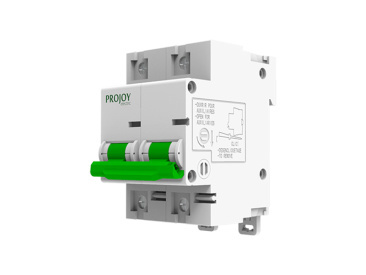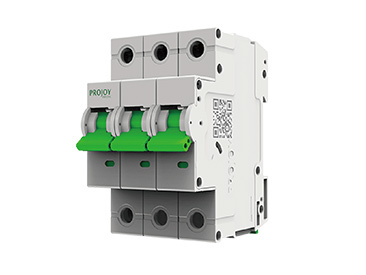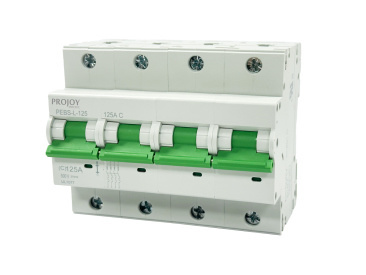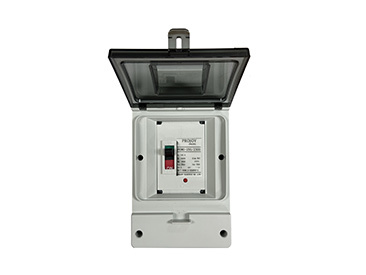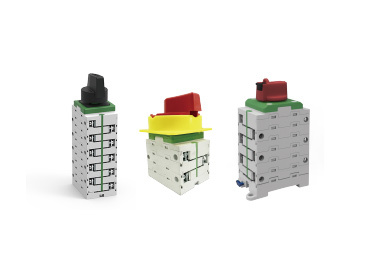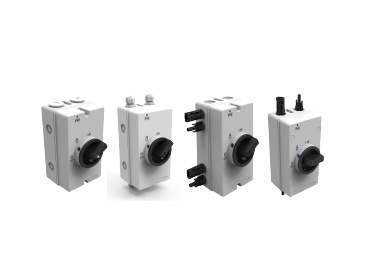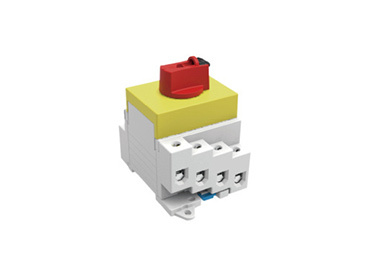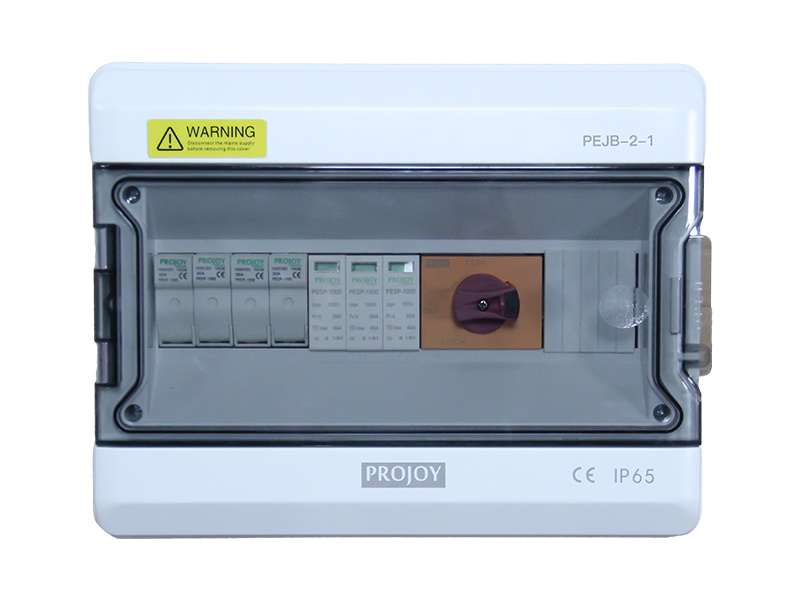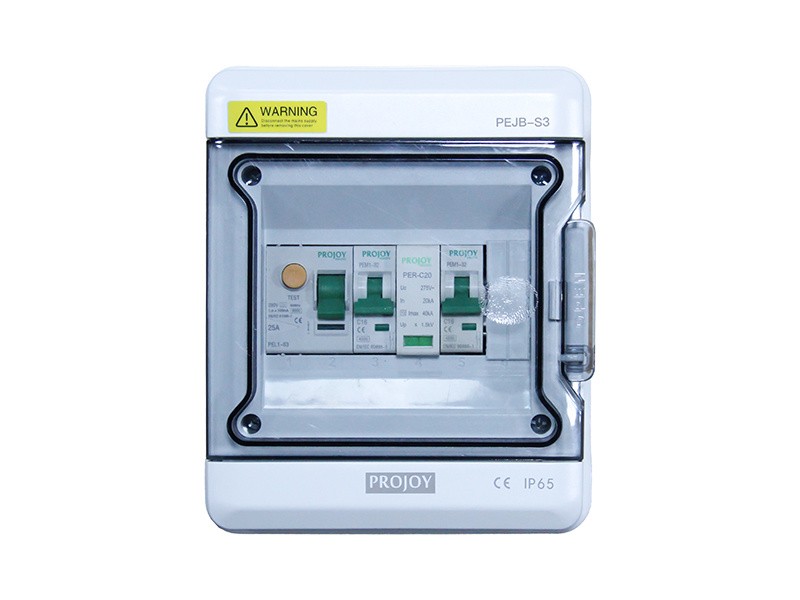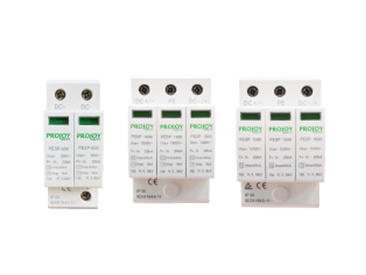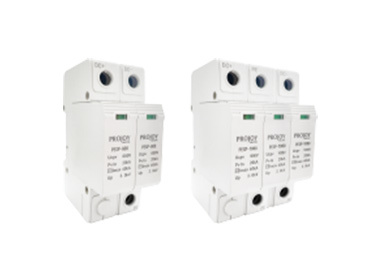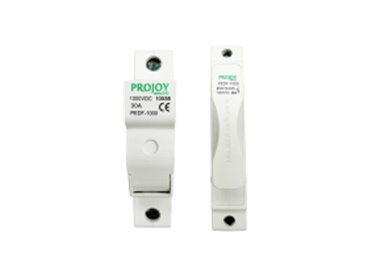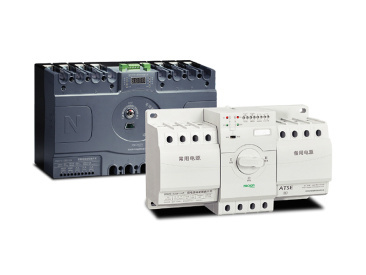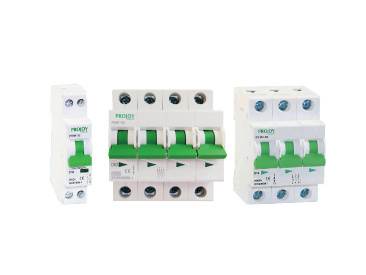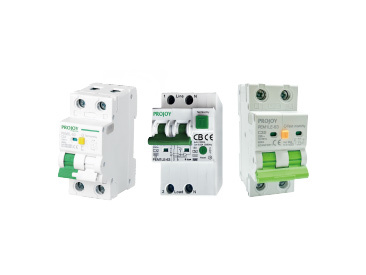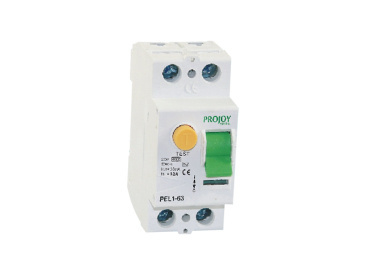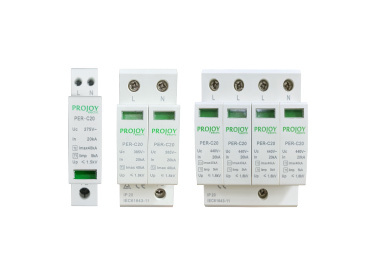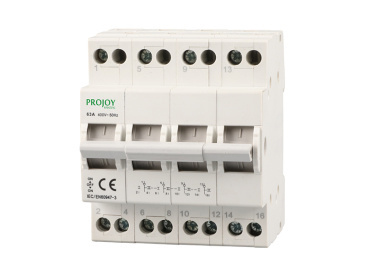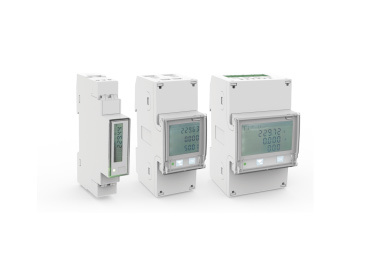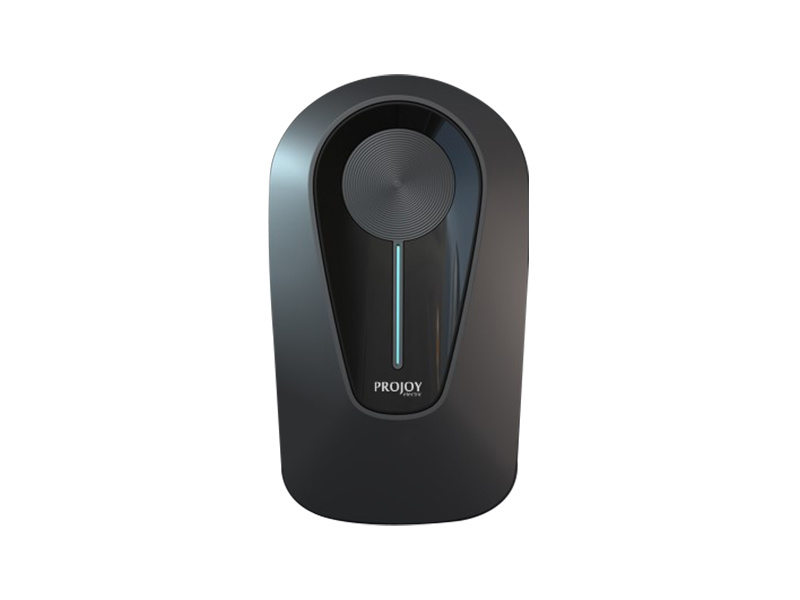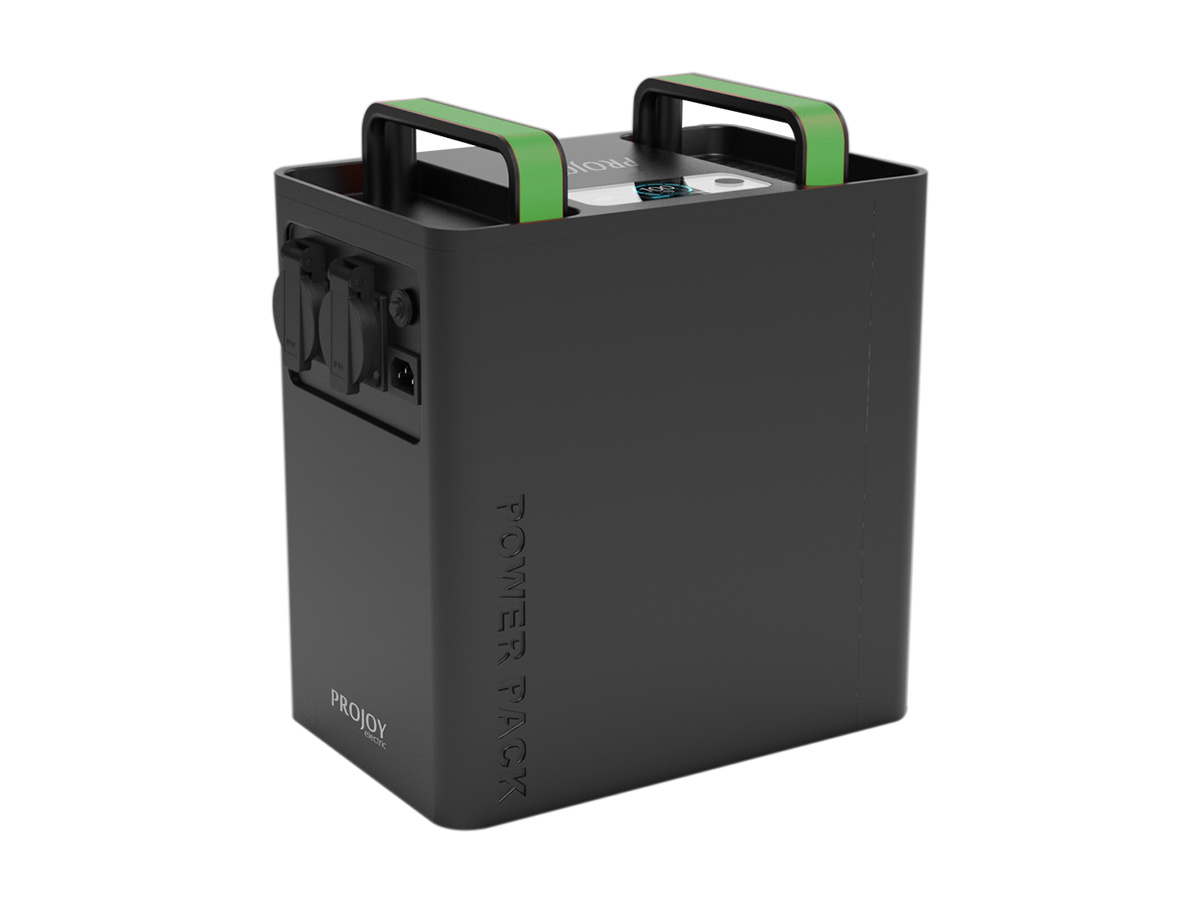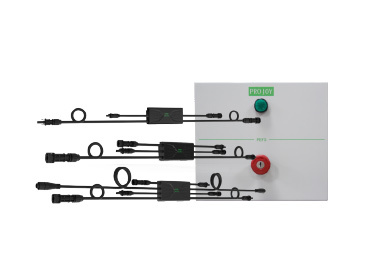The Evolution of AC Connectors: A Comprehensive Historical Perspective
The Evolution of AC Connectors: A Historical Perspective
Table of Contents
- Introduction to AC Connectors
- The Birth of Electricity and Early Connectors
- 20th Century Innovations in AC Connectors
- Standardization and Safety in AC Connectors
- Modern AC Connectors: Features and Functionality
- The Future of AC Connectors: Trends and Technologies
- Practical Applications of AC Connectors
- Conclusion
- FAQs about AC Connectors
Introduction to AC Connectors
AC connectors play a pivotal role in the distribution of electrical energy. These connectors facilitate the transfer of alternating current, which is essential for powering homes, businesses, and various electronic devices. As we delve into the evolution of AC connectors, we will highlight the technological advancements and historical milestones that have led to the current state of these essential components.
The Birth of Electricity and Early Connectors
The journey of AC connectors began in the late 19th century when electricity was first harnessed for practical use. The invention of the electric light bulb by Thomas Edison in 1879 marked a significant turning point. Early electrical systems relied on direct current (DC), but the limitations of DC prompted the search for a more efficient solution.
**Alternating current (AC)** emerged as a revolutionary alternative, primarily championed by Nikola Tesla and George Westinghouse. The introduction of AC brought about the need for reliable connectors that could handle the varying voltage levels effectively.
The First AC Connectors
The first AC connectors were rudimentary and often unsafe. They typically consisted of two-pronged plugs that could easily become loose or disconnected. These early designs lacked standardization, leading to compatibility issues among different devices and systems.
The **invention of the NEMA configuration** in the 1920s was a game changer. This standardized system ensured that AC connectors were compatible across various applications, promoting safety and reliability in electrical connections.
20th Century Innovations in AC Connectors
As the demand for electricity surged during the mid-20th century, innovations in AC connectors became crucial. The introduction of plastic materials allowed for safer and more durable connector designs, reducing the risk of electrical shock and fire hazards.
The Development of Grounded Connectors
In response to safety concerns, the **grounded connector design** was introduced. This design featured a third prong that connected to the ground, providing an essential safety mechanism. This innovation significantly decreased the likelihood of electrical accidents and became standard in many countries.
Advancements in Connector Design
During this period, AC connectors evolved to include features such as:
- **Locking mechanisms** that prevent accidental disconnections.
- **Weather-resistant designs** for outdoor applications.
- **Color-coded systems** to indicate voltage levels and amperage ratings.
These enhancements improved user experience and safety, making AC connectors more versatile and reliable.
Standardization and Safety in AC Connectors
The push for standardization in AC connectors gained momentum as electrical devices proliferated. Organizations like the **National Electrical Manufacturers Association (NEMA)** and the **International Electrotechnical Commission (IEC)** played a crucial role in establishing guidelines for connector designs.
Impact of International Standards
The establishment of international standards brought about several benefits:
- **Increased safety**: Standardized designs reduced the risk of misuse and accidents.
- **Enhanced compatibility**: Users could easily find connectors that fit their devices, regardless of the manufacturer.
- **Facilitation of global trade**: Standardization allowed manufacturers to export their products to different markets, increasing accessibility to electrical technology worldwide.
Modern AC Connectors: Features and Functionality
In the 21st century, AC connectors have continued to evolve, incorporating advanced technologies and materials to meet the demands of modern applications.
Smart Connectors
One of the most exciting developments is the rise of **smart connectors** that integrate communication capabilities. These connectors can interface with smart devices, allowing for:
- **Real-time monitoring** of electrical systems.
- **Automated load management** to optimize energy usage.
- **Data transfer** capabilities, enabling seamless connectivity between devices.
High-Power Connectors
With the advent of electric vehicles (EVs) and renewable energy systems, there has been a growing need for **high-power AC connectors**. These connectors are designed to handle higher voltage levels and larger currents, facilitating efficient power transfer in applications such as:
- EV charging stations.
- Solar power systems.
- Industrial equipment.
The Future of AC Connectors: Trends and Technologies
Looking ahead, several trends are shaping the future of AC connectors.
Increased Focus on Sustainability
As the world shifts towards sustainability, the demand for eco-friendly connectors will increase. Manufacturers are exploring biodegradable materials and energy-efficient designs to minimize environmental impact.
Integration with Smart Grids
The integration of AC connectors with smart grid technology promises to enhance energy management. These connectors will enable better energy distribution, load balancing, and more efficient use of renewable energy sources.
Practical Applications of AC Connectors
AC connectors are ubiquitous in various applications, including residential, commercial, and industrial settings.
Residential Use
In homes, AC connectors are vital for powering appliances, electronics, and systems such as heating and cooling. The standard wall outlet is a common example of an AC connector used in everyday life.
Commercial and Industrial Use
In commercial settings, AC connectors are essential for lighting, HVAC systems, and machinery. Their reliability and safety features are crucial for maintaining operational efficiency and preventing downtime.
Charging Stations for Electric Vehicles
The growth of electric vehicles has driven demand for specialized AC connectors at charging stations. These connectors must accommodate high power levels while ensuring user safety.
Conclusion
The evolution of AC connectors reflects the broader advancements in electrical engineering and technology. From their humble beginnings to the sophisticated designs we see today, AC connectors have played an essential role in facilitating the safe and efficient transfer of electrical power. As we look to the future, ongoing innovations promise to enhance their functionality and applicability, ensuring that AC connectors remain integral to our increasingly electrified world.
FAQs about AC Connectors
1. What is an AC connector?
An AC connector is a device that allows the connection and disconnection of electrical circuits carrying alternating current, facilitating power transfer to various appliances and equipment.
2. Why are AC connectors important?
AC connectors are crucial for safely delivering electrical power to devices, ensuring compatibility and preventing risks such as electrical shocks or fires.
3. How do AC connectors differ from DC connectors?
AC connectors are designed to handle alternating current, while DC connectors manage direct current. The two types differ in voltage levels, design, and intended applications.
4. What are the safety features in modern AC connectors?
Modern AC connectors often include grounding prongs, locking mechanisms, and weather-resistant designs to enhance safety and reliability.
5. What are common applications of AC connectors?
AC connectors are widely used in residential, commercial, and industrial settings, powering everything from household appliances to heavy machinery and electric vehicle charging stations.
More News
Aug 05,2025
Product Selection Guide: PROJOY PEBS Series Miniature Circuit Breaker
PROJOY Electric has a full range of DC circuit breaker products, including miniature circuit breakers (MCBs) and molded case circuit breakers (MCCBs). According to different application scenarios and requirements, they are divided into high-voltage, low-voltage and waterproof box versions.
View Detail
Mar 13,2025
PV Combiner Box: A Vital Component in Solar Power Systems
Solar energy systems rely on a network of components to efficiently convert sunlight into usable electricity. One critical yet often overlooked device in this chain is the photovoltaic (PV) combiner box. This article explains what a PV combiner box does, how it works, and why it is essential for both safety and performance in solar installations.
View Detail


